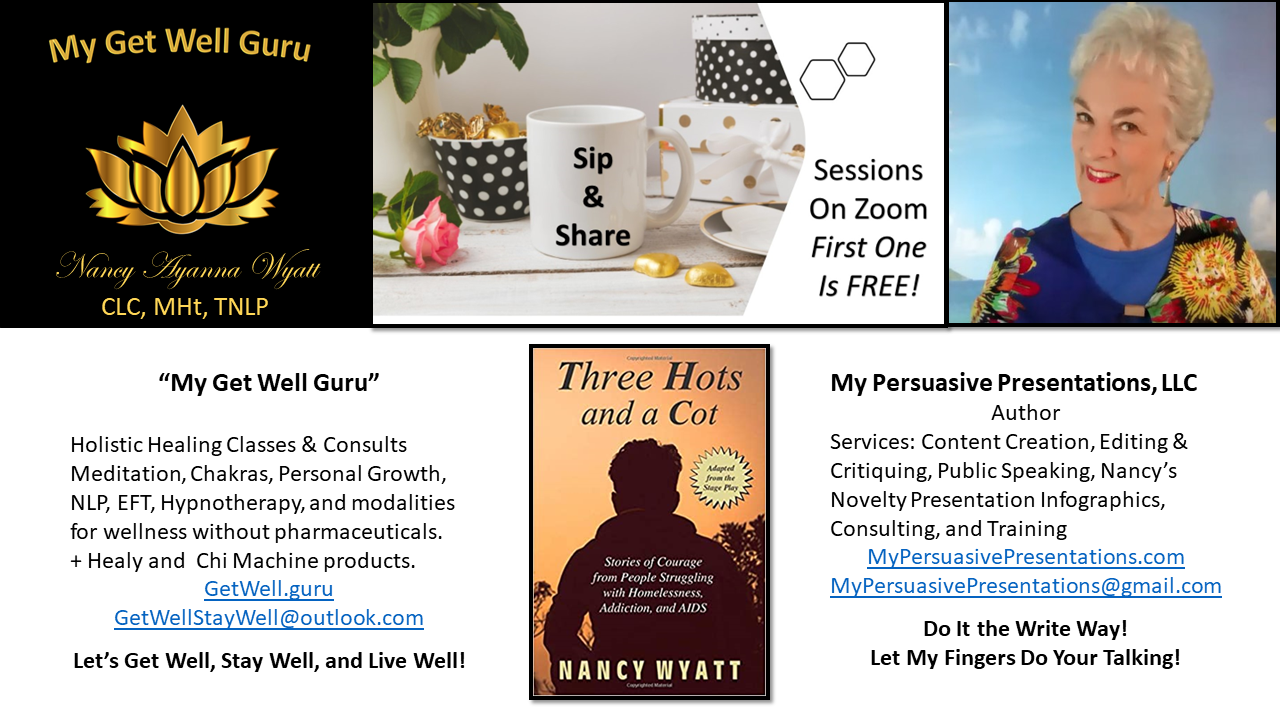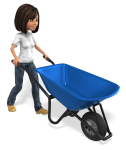 I live in the woods. I tested positive for allergic reactions to trees, shrubs, and grasses. I AM “the gardener.” I mow my own grass and tend to the plants on two acres of land. Some might see these allergies as an issue. Ya think? What about you? Anyone can develop allergies at any age. How can you figure out whether your symptoms indicate that you have allergies, a cold, or a sinus infection, or they result from a different condition like a deviated septum, smog or an illness? How can you enjoy being a gardener if you have seasonal allergies?
I live in the woods. I tested positive for allergic reactions to trees, shrubs, and grasses. I AM “the gardener.” I mow my own grass and tend to the plants on two acres of land. Some might see these allergies as an issue. Ya think? What about you? Anyone can develop allergies at any age. How can you figure out whether your symptoms indicate that you have allergies, a cold, or a sinus infection, or they result from a different condition like a deviated septum, smog or an illness? How can you enjoy being a gardener if you have seasonal allergies?
 I’m not a doctor, and I am neither diagnosing nor treating any conditions. Instead, let me share information from the experts in this field. Then, please ask your health care provider for advice for your own situation.
I’m not a doctor, and I am neither diagnosing nor treating any conditions. Instead, let me share information from the experts in this field. Then, please ask your health care provider for advice for your own situation.
Symptoms of Seasonal Allergies
 (Remember, not all allergies occur in Spring. Each season has its own specialties.)
(Remember, not all allergies occur in Spring. Each season has its own specialties.)
ALLERGY SYMPTOMS
- Stuffy or runny nose
- Sneezing
- Itchy eyes, ears, nose, mouth, or throat
- Cough
One of the easiest ways to determine if your symptoms are related to pollen, plant mold, and other foliage-related “dust” is to track them to see if they are allergies which flare up during the seasons when pollen counts are high.
Track Current Conditions On This Map Whenever You Wish
WebMD offers us the chance to track whether and how seasonal allergies are raging wherever we live or visit in the USA. Here’s the current map. Just enter your zip code to get the most relevant information for where you are at any time.
If you experience symptoms throughout the year, you probably have allergies to things found indoors, such as pet dander, dust mites, or certain foods. Get tested, if you need to know more about your particular situation.
The Beginning
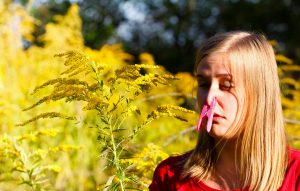 The symptoms display themselves in the sinuses, nose, and eyes. They like to drive you crazy! However, the real source of the issue is an overactive immune system attacking things which actually would not harm you.
The symptoms display themselves in the sinuses, nose, and eyes. They like to drive you crazy! However, the real source of the issue is an overactive immune system attacking things which actually would not harm you.
Bacteria and viruses can harm you; pollen would not, but the immune system seems not to know that, according to Western medicine practitioners. (I actually don’t think Nature is that dumb and that there must be a different explanation, but I don’t know the real answer, so let’s go with the program.)
Common Treatments
WebMD helps us distinguish between Antihistamines and Decongestants.
Antihistamines target histamine, which your body makes during an allergic reaction.You can take them as pills, nasal spray, or eye drops….Antihistamines can ease your symptoms, but they work best when you take them before you feel a reaction. They can build up in your blood to protect against allergens and block the release of histamines.
Decongestants cut down on the fluid in the lining of your nose. That relieves swollen nasal passages and congestion.
You can take these by mouth in pills or liquids, like pseudoephedrine. Decongestants also come in nasal sprays, including oxymetazoline and phenylephrine. But if you use nasal sprays too often, they can make your symptoms harder to treat.
Some medications combine antihistamines and decongestants. Their names usually end with “-D.
I Like The Neti Pot Better

Note: as you can see, traditional neti pots look a lot like Aladin’s Lamp. However, “neti pots” now take different forms for easy use, such as a syringe, which is like a big turkey-basting tube, for example. There are many options for you to explore.
Use of a neti pot is a traditional Ayurvedic therapy that dates back thousands of years. You use it to irrigate the nostrils and sinuses to clear them of pollen and other debris. No side effects when done properly. No medicine. Just a specific saline solution (ratio of purified water to salt in a clean container). Use it daily all year round and especially after doing any work (such as home remodeling) which creates dust and debris particles in the air.
In a minute, I’ll share a video about how to do it. First, Emily Holland, a certified Health Coach and article contributor to The Chopra Center website (Deepak Chopra, M.D.), wrote in detail about the neti pot. It is worth reading. She lists the following.
Benefits of Using a Neti Pot
Using a neti pot is an all-natural therapy that offers a number of benefits. It can help:
- Clear nostrils for improved breathing
- Reduce snoring
- Reduce nasal dryness
- Ease sinus headaches
- Alleviate facial pain and pressure
- Relieve allergy symptoms such as stuffy or runny nose
- Heighten the sense of smell and taste
- Prevent the common cold and other upper respiratory infections
- Allow for deeper breathing
- Reduce the need for medications such as antibiotics and decongestants
I wanted to use a different source for this, but, again, WebMD has a great video which shows what a Neti Pot is and how to use it, as well as describing the benefits of this ancient technique for enabling people to breathe better.
![]()
That same page has videos about traveling when you have allergies, helping children with allergies, combatting severe symptoms with the epinephrine-shot, keeping your home allergen-free, and more. I suggest you review all of these things when you have time.
The Mayo Clinic answers the question about making your own saline solutions for neti pot use.
You Say, I Have Allergies, but I LOVE Gardening! What’s a Gardener to Do?
First, it is wise to check the temperature zones to determine which plants are both heat and cold tolerant in your area of the country. You can use “the Google machine” for more details, but this map gives you the gist. Note: as climate change is advancing, you should find the most current information/maps available.
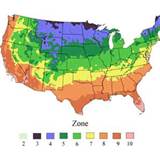
WebMD recommends:
Go for plants with bright, fragrant flowers. In general, flowering plants are pollinated by insects, not the wind. Their pollen is usually too big to get in the air and cause allergy symptoms.
Choose native plants. They’re easier to grow, because they’re already adapted to the climate. Non-native plants are more likely to struggle, and stressed plants tend to release more pollen.
Ask for female trees. It might sound strange, but most pollen comes from male trees. You might see them advertised as “seedless” or “fruitless.” To breathe easier, plant a female tree that won’t release pollen.
Remove high-pollen plants and trees from your yard. At the very least, keep them far away from windows and doors, so their pollen doesn’t get inside. Bear in mind, this won’t protect you from pollen from your neighbors’ trees.
Looking for specifics about what to plant? Go back to this wonderful website, where you also saw the allergens tracking map. WebMD lists “do’s and don’t’s” in plant selection here. Good choices
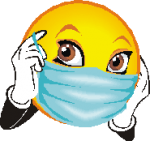 Tips for Gardening to Avoid Symptoms of Allergies
Tips for Gardening to Avoid Symptoms of Allergies
We already know we should (whenever possible) garden on cool, cloudy, or damp days, wear long-sleeved shirts and long pants, gloves, and sunglasses or goggles. If you’re really susceptible, you can wear a mask – especially when mowing, as you are stirring up all kinds of seeds and debris into the air. Of course, it’s lovely if you either can pay someone or have someone willing to mow for you for free.
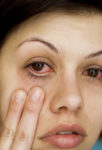 Don’t touch your face and eyes while working outdoors. That’s easy to say, but hard to do. It also applies to life, in general. You have touched doorknobs, toilet handles, food, phones, car doors, desks, keyboards, etc. All these things are covered in germs which should not be transferred to your eyes or face. Do your best to stop. Wash your hands, wrists, and forearms often. If you get something in your eye, flush it out with water or an eye wash solution. Don’t rub it. Do what I say, not what I do!
Don’t touch your face and eyes while working outdoors. That’s easy to say, but hard to do. It also applies to life, in general. You have touched doorknobs, toilet handles, food, phones, car doors, desks, keyboards, etc. All these things are covered in germs which should not be transferred to your eyes or face. Do your best to stop. Wash your hands, wrists, and forearms often. If you get something in your eye, flush it out with water or an eye wash solution. Don’t rub it. Do what I say, not what I do!
I hope this has been helpful to you.
Enjoy the Earth, Life, and Gardening
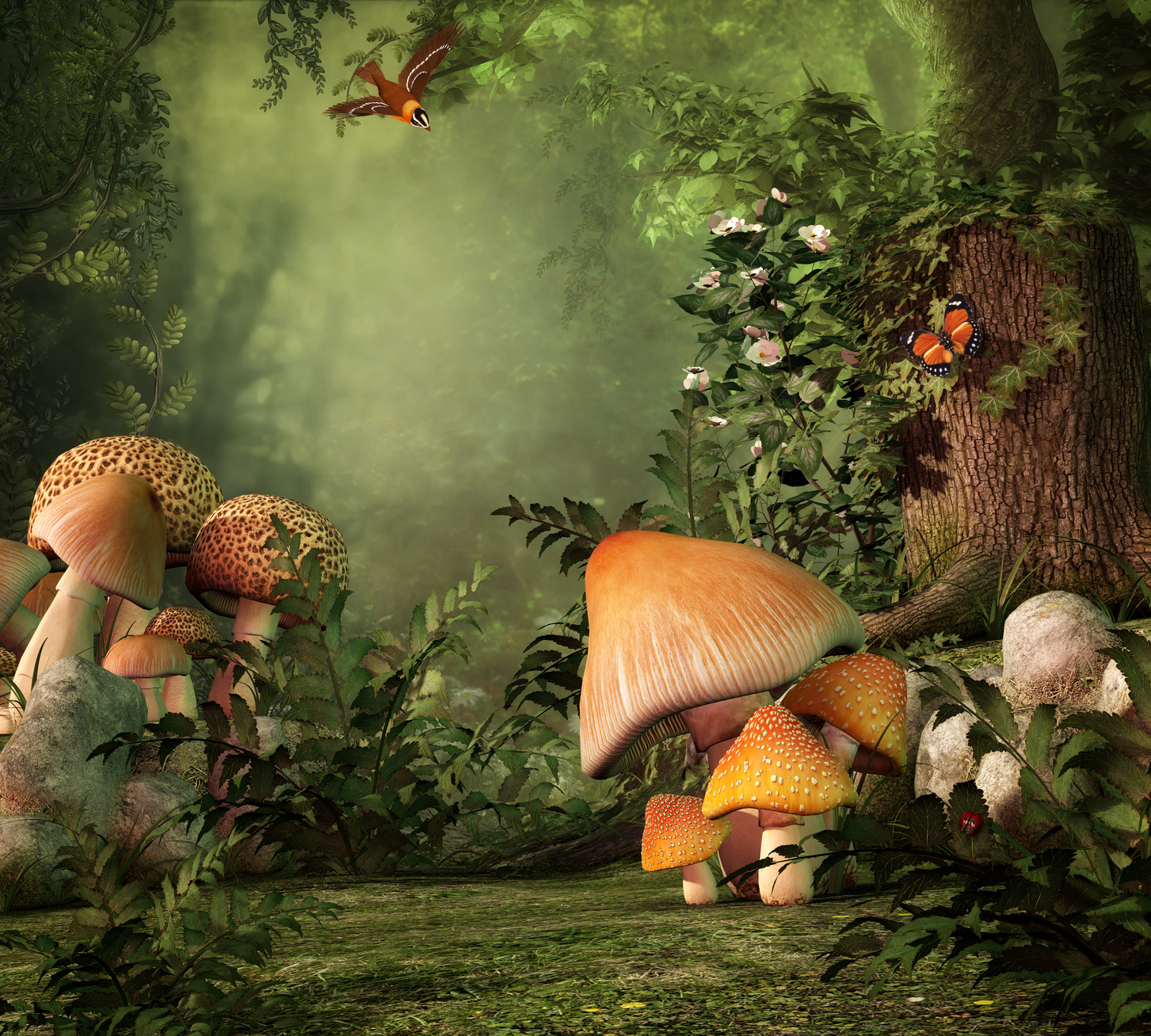
Disclaimer (Reminder)
I’m not a doctor, and I am neither diagnosing nor treating any conditions. Instead, let me share information from the experts in this field and then ask your health care provider for advice for your own situation.
Let’s Get Well, Stay Well, and Live Well Together Now!
